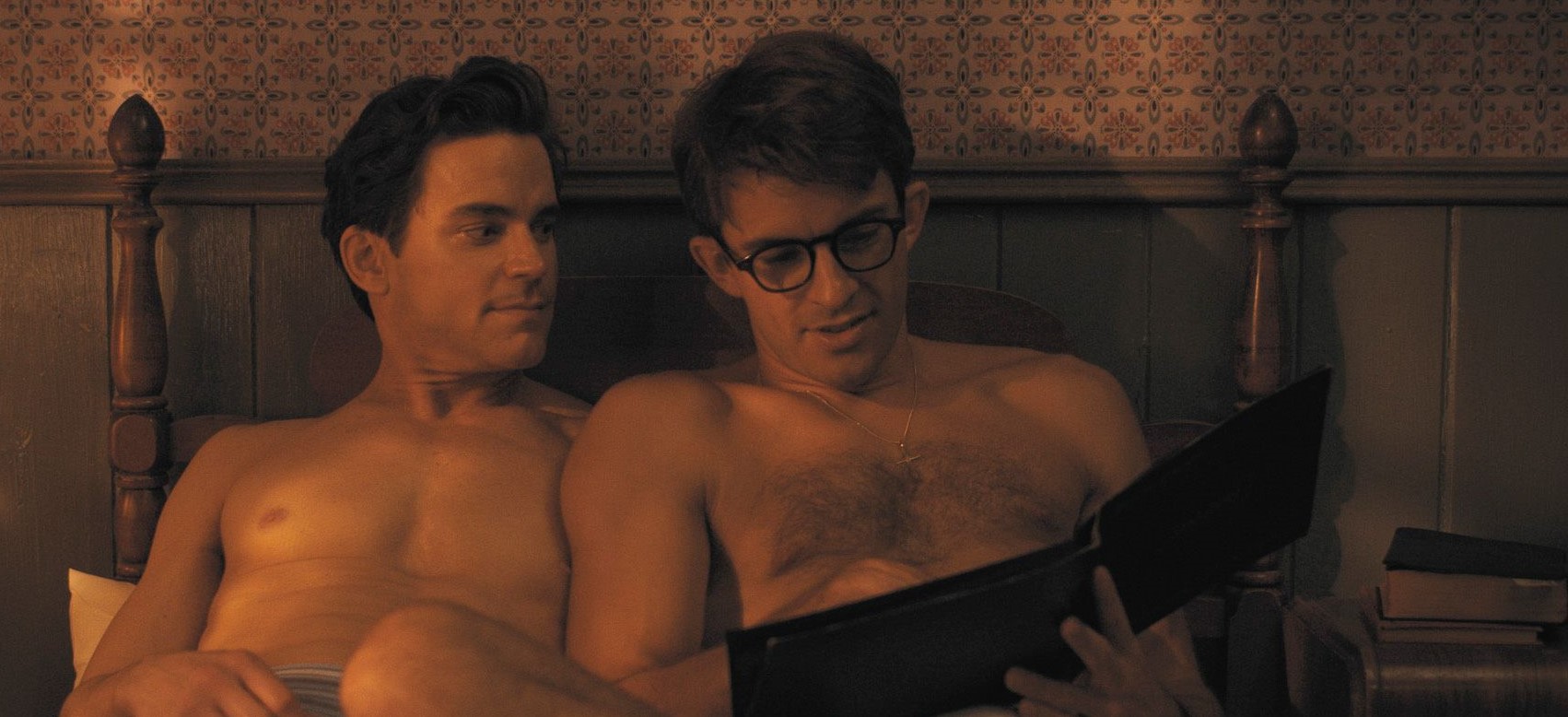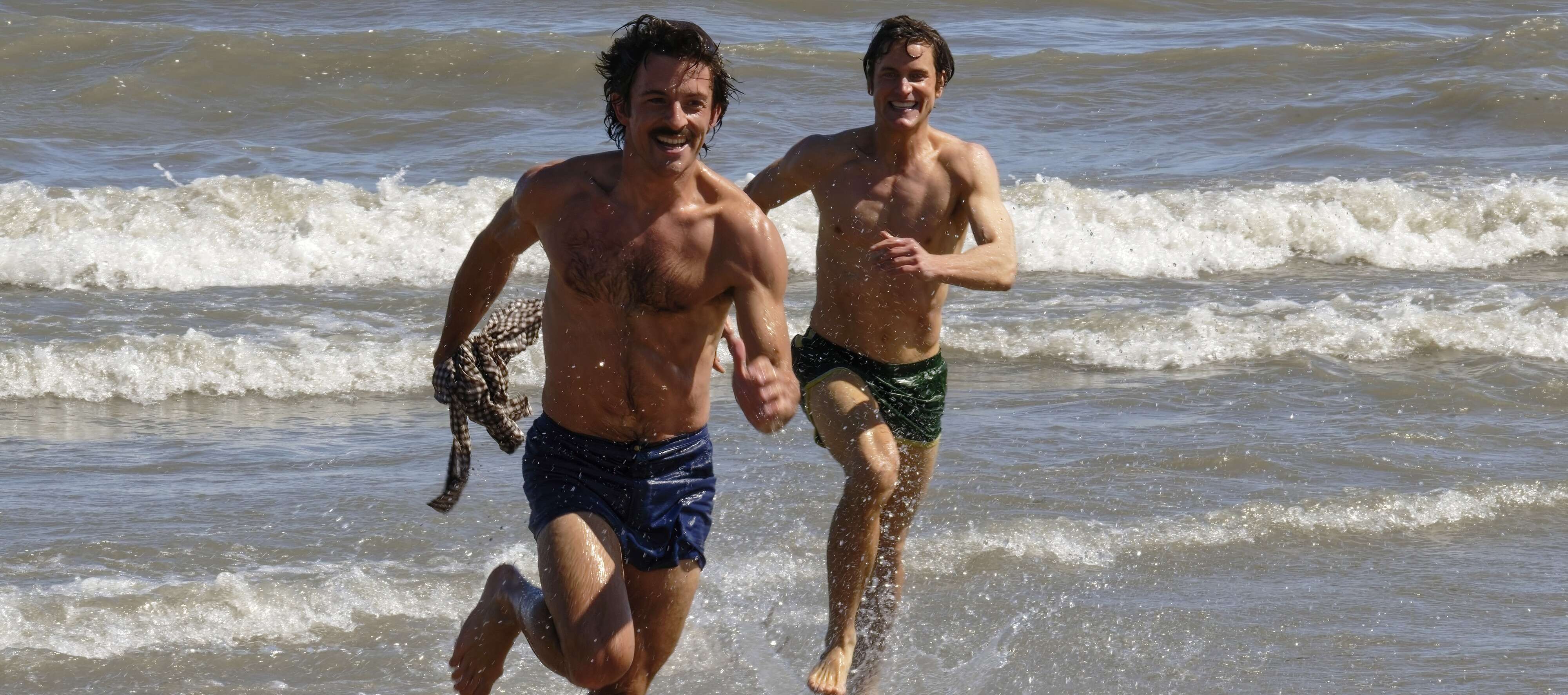Fellow Travelers is a Combination of True and Fictional Stories
Showtime’s ‘Fellow Travelers’ is a historical series set in one of the most significant periods in the history of American politics. State Department officer Hawkins “Hawk” Fuller and Tim Laughlin, a Fordham University graduate, get into a same-sex relationship when the Republican government tries to hunt down the queer people in bureaucracy along with the Communists, under the leadership…
Showtime’s ‘Fellow Travelers’ is a historical series set in one of the most significant periods in the history of American politics. State Department officer Hawkins “Hawk” Fuller and Tim Laughlin, a Fordham University graduate, get into a same-sex relationship when the Republican government tries to hunt down the queer people in bureaucracy along with the Communists, under the leadership of the infamous Senator Joseph R. McCarthy. The romantic show explores Hawk and Tim’s emotions and love for each other, which are threatened by the policies of the time. The series is a careful integration of reality and fiction but if you are eager to know what’s fiction and what’s real, here’s what we can share!
Is Fellow Travelers Based on a True Story?
‘Fellow Travelers’ is partially based on a true story. The series is a television adaptation of Thomas Mallon’s novel of the same name. While the backdrop of the novel, like the series, is rooted in reality, the protagonists Hawkins “Hawk” Fuller and Tim Laughlin are fictional characters created by the author for his work. “Fuller and Laughlin aren’t based on any particular historical figures. Both contain bits and pieces of people I’ve known in my own life, which makes them like the characters one finds being created by just about any novelist of the ‘non-historical’ sort,” the author made it clear in an interview given to Key West Literary Seminar.

Mallon conceived Hawk and Tim to explore the era of McCarthyism, which was prominent from the late 1940s to the late 1950s. As David K. Johnson explains in his book ‘The Lavender Scare,’ the period witnessed the mass dismissal of gay and lesbian people from government service as they were deemed “national security risks” and “communist sympathizers.” The dismissals were led by then-senator Joseph McCarthy and his chief counsel Roy Cohn. By placing the two protagonists among McCarthy and Cohn, two characters in the novel, Mallon explores what it was like to be a queer individual during the period.
As per reports, over 1700 applicants were denied federal positions due to allegations of being gay/lesbian between 1947 and 1950. Although the character is fictional, Hawk’s fear of losing his State Department job and social status can be connected to this real-life occurrence that happened in the country in the mid-twentieth century. “Were there Communists and homosexuals in the State Department? Yes. The former, with due process, should have been gotten rid of; the latter should have been left alone,” Mallon summarized to National Review.
The Queer Lens
Creator Ron Nyswaner wanted to dive into the history of the Lavender Scare through his series with Mallon’s work laying the foundation. “Our goal was to really tell the story from an LGBTQIA perspective of what happened in the ’50s and then to take it past the ’50s,” Nyswaner told EW. The show follows the challenges Hawk and Tim face as a couple when people known to them get exposed to the “witch-hunt” by McCarthy and Cohn. Through their fears as closeted-gay men, Nyswaner’s period drama depicts how queer individuals had to hide themselves from the terrifying security brought by the Lavender Scare.

Although Mallon’s novel is an intense gay saga on its own, Nyswaner wanted to expand the same, especially with the relationship of Marcus Hooks, a Black journalist who is also Hawk’s friend, and Frankie Hines, a waiter working at an underground gay bar. Marcus’ journey of self-acceptance is a story that can be paralleled with the real lives of several gay men who lived in the country during the 1950s. “He [Marcus] goes from this closeted man, not loving himself, to completely in love and embracing not only Black culture but the fact that he’s a homosexual man,” Jelani Alladin told EW in the same interview about his character.
While the setting of Mallon’s book is the 1950s, Nyswaner adds the subsequent decades to his narrative to depict queer life during the Harvey Milk era of the 1960s and the AIDS crisis of the 1980s. The creator had his own experiences to focus on the same periods. “I came of age in the ’60s and then as a young teenager in the ’70s, moved to New York in 1978, came out, really enjoyed some of that celebration of being liberated in a limited way, and then, of course, the cold shower of the AIDS crisis,” Nyswaner told EW.
“Since it’s a part of my life, I just couldn’t let that go. If you have a chance to tell a story like this, I wanted to tell as much of it as possible.” Nyswaner added about expanding the narrative beyond the ‘50s. Therefore, ‘Fellow Travelers’ can be described as a work of fiction rooted in hard-hitting reality. Through the fictitious characters, Mallon’s book and Nyswaner’s show bring a significant period in history back from near-oblivion.